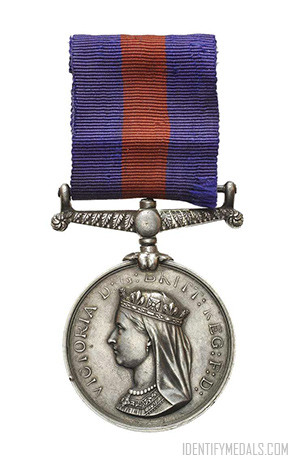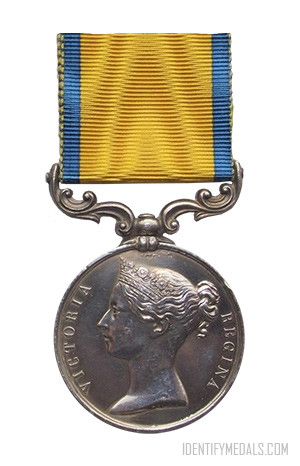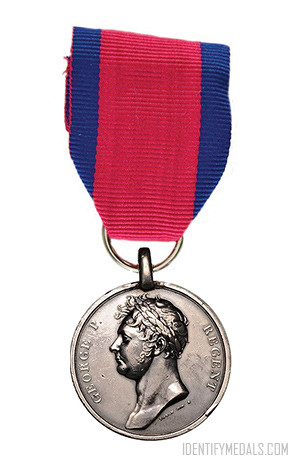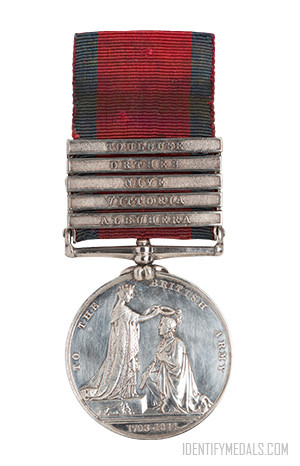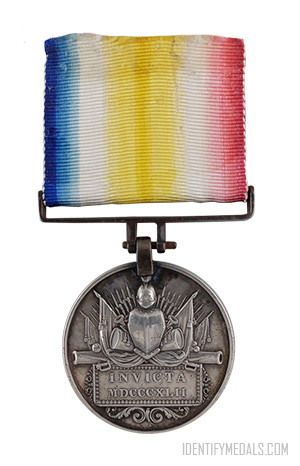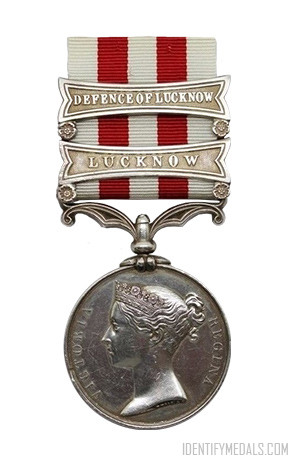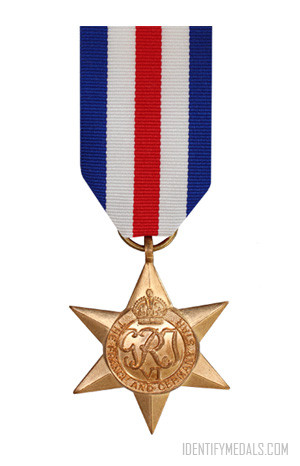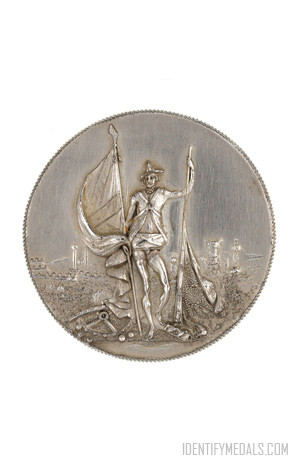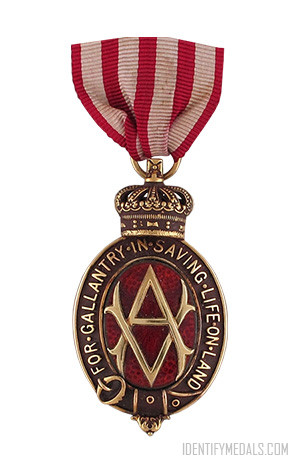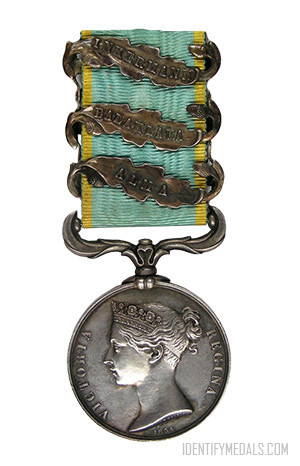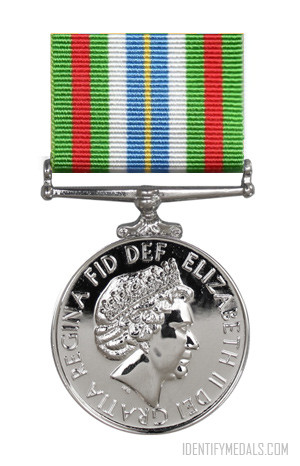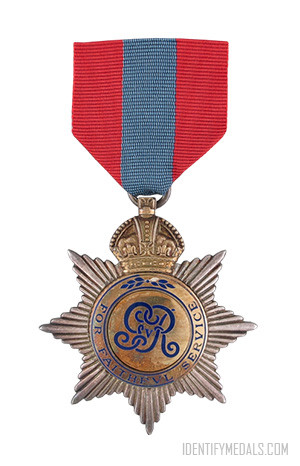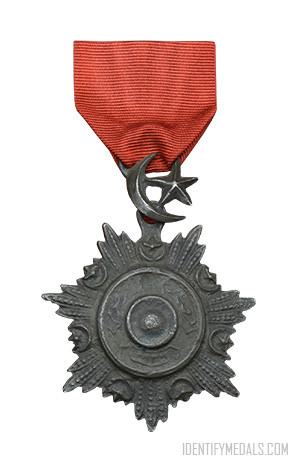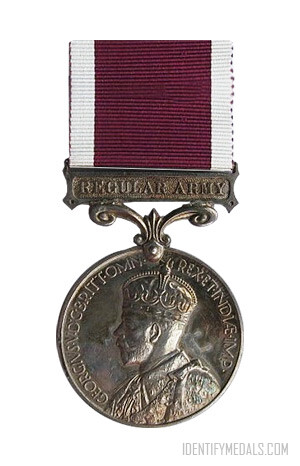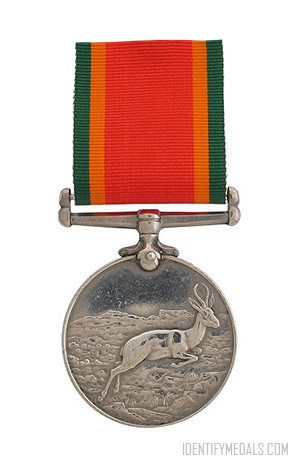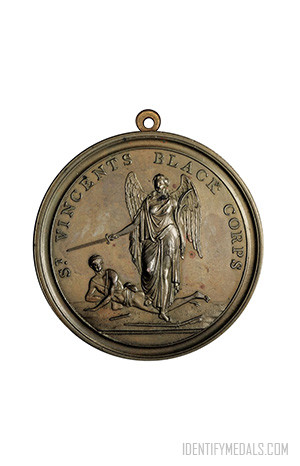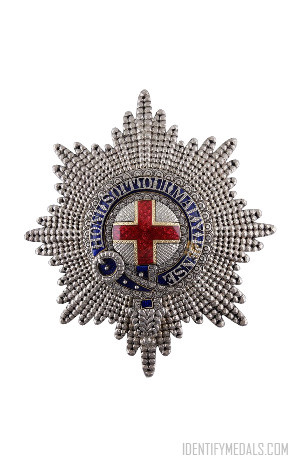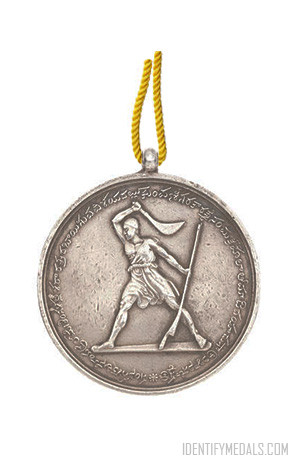- Time Period: Pre-WW1
- Year of Institution: 1869
- Country: Great Britain
The New Zealand Medal is a campaign medal awarded to Imperial and Colonial troops in the New Zealand Wars (previously known as the Māori Wars, Anglo-Māori Wars or Land Wars) of 1845–47 (and 1848) and 1860–66. The medal was authorized in 1869 for award only to survivors.
Imperial forces included the British Army, Royal Navy and Royal Marines. The Colonial militia were recruited locally or in Australia, and included mobile forces like Von Tempskys Forest Rangers and the Arawa Flying Column from a Māori tribe for the guerrilla war in the New Zealand bush.
Colonial militia claimants had to prove that they had been under fire. Claims were finally closed for Europeans in 1915 and Māori in 1916.
The number struck was 1,957 (Imperial government) and 2,500 (Colonial government), total 4,457, of which about 4,400 were issued.
The New Zealand Medal Design
The New Zealand medal was designed by the brothers A. B. and J. S. Wyon. It is struck in silver, circular and measures 36 millimeters (1.4 in) in diameter. It has a straight bar suspender ornamented with New Zealand fern fronds.
The obverse shows an effigy of Queen Victoria facing left and wearing a diadem and veil, with the legend: “VICTORIA D: G: BRITT : REG : F : D :”
The reverse has a laurel wreath containing the year or years between which the recipient served, with the words “NEW ZEALAND” above and “VIRTUTIS HONOR” (Honor of valor) below.
The ribbon measures 1.25 inches (32 mm) wide, is of blue with a 10mm red center stripe. No clasps (bars) were issued.

